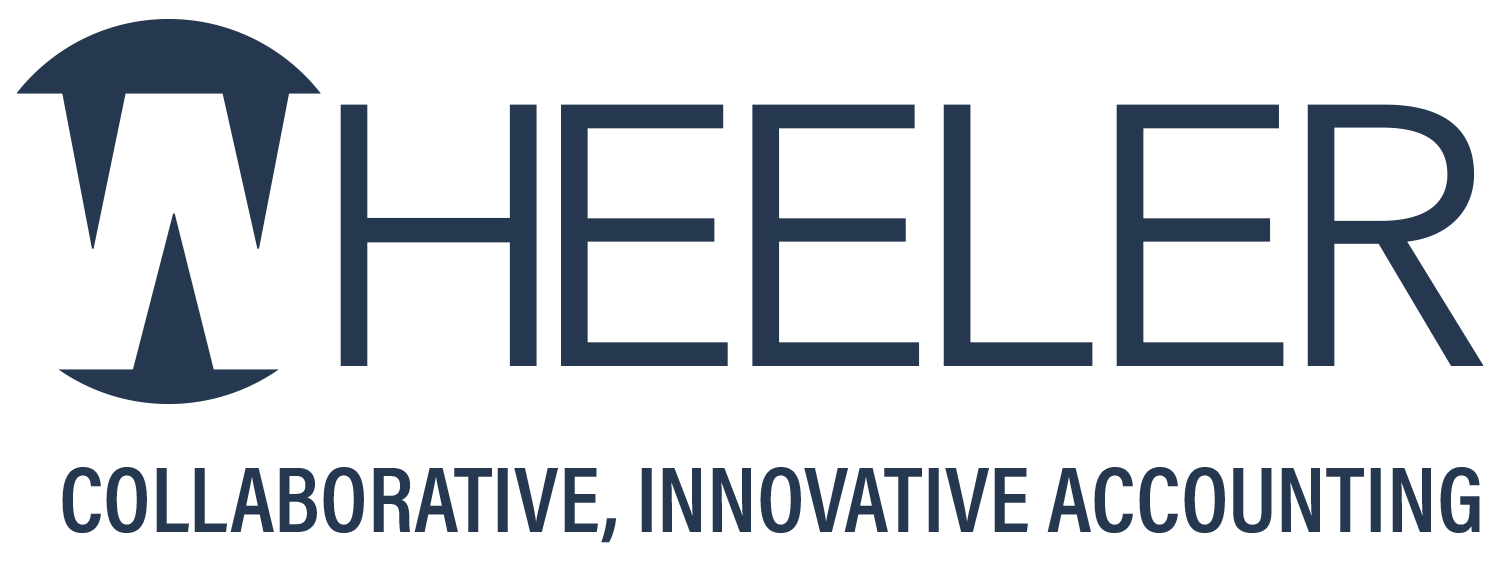Taxpayers can start checking their tax refund status within 24 hours after receiving an e-filed return. The easiest and most convenient way to do this is by using the Where’s My Refund? Tool on the IRS website. The tool also provides a personalized refund date after the return is processed and a refund is approved.
There are two ways to access the Where’s My Refund? Tool – visiting IRS.gov or downloading the IRS2Go app. To use the tool, taxpayers will need the following information:
- Their Social Security number or Individual Taxpayer Identification number
- Tax filing status
- The exact amount of the refund claimed on their tax return
The tool displays progress in three phases: when the return was received, when the refund was approved, and when the refund was sent. When the status changes to approved, this means the IRS is preparing to send the refund as a direct deposit to the taxpayer’s bank account or directly to the taxpayer in the mail, by check, to the address used on their tax return.
The IRS updates the Where’s My Refund? Tool once a day, usually overnight, so taxpayers don’t need to check the status more often than that. Calling the IRS won’t speed up a tax refund. The information available on Where’s My Refund? is the same information available to IRS telephone assistors.
Taxpayers should keep in mind that they need to allow time for their financial institution to post the refund to their account or for it to be delivered by mail. As always, please contact the office if you have any questions about tax refunds, tax returns, or any other tax matters. Help is just a phone call away.
San Jose: (408) 252-1800
Watsonville: (831) 726-8500






